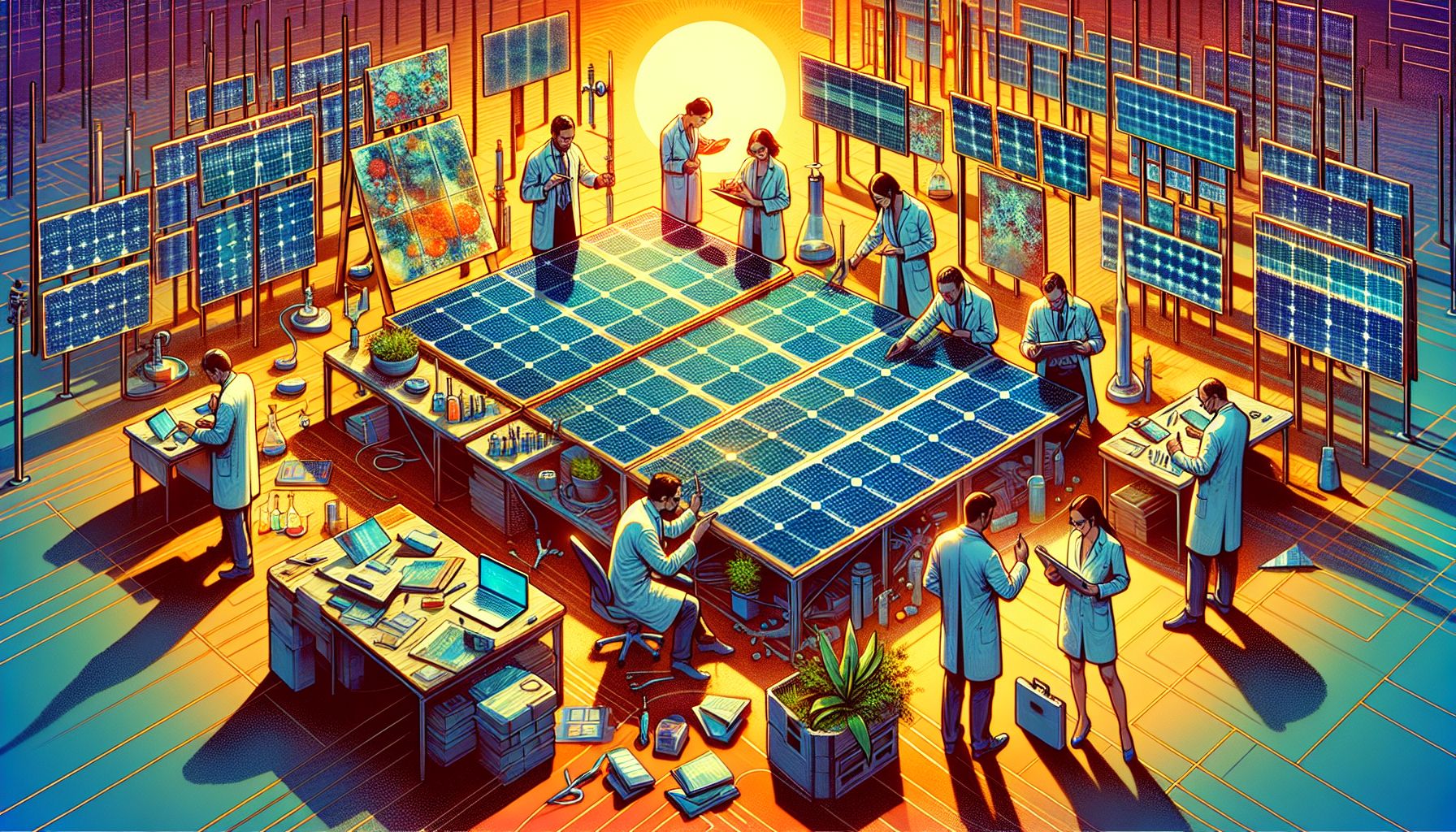Breakthrough in Foldable Solar Panels Reaches 27% Efficiency

Eindhoven, Thursday, 22 August 2024.
Scientists have developed a new generation of perovskite solar cells that achieve 27% efficiency and offer unprecedented flexibility. This innovation could revolutionize solar energy applications by enabling installation on diverse surface types, potentially leading to more widespread adoption of renewable energy solutions.
Development and Composition
The breakthrough centers around the use of perovskite, a crystalline material that serves as the active layer in these solar cells. Perovskite solar cells have been under research for years due to their potential for higher efficiency and lower production costs compared to traditional silicon-based solar cells. The new foldable panels eliminate the need for an electron transport layer (ETL), simplifying their structure and enhancing flexibility. This innovation makes the panels particularly suitable for a range of applications, including those requiring installation on curved or irregular surfaces.
Research and Collaboration
This pioneering work is the result of a collaboration between scientists from the Indian Institute of Technology (IIT) and the National Institute of Technology (NIT). Their research, published in the journal ‘Next Energy,’ highlights the potential of these new perovskite solar cells to capture sunlight from both sides of the panel, further boosting efficiency. This dual-side capability allows the cells to achieve an impressive 27% efficiency rate, surpassing the performance of the best silicon panels currently available[1].
Challenges and Limitations
Despite the promising efficiency and flexibility, there are still significant challenges that need to be addressed. One major issue is the limited lifespan and stability of perovskite solar cells, which impacts their long-term reliability. Moreover, as of now, there are no prototypes available, and the research has only been conducted through simulations. The scientists are yet to solve the problem of the panels’ durability and have not established the feasibility of mass production or the cost-effectiveness of these panels. As such, these remain crucial areas for future research and development[1].
Potential Impact and Future Prospects
If the issues of stability and mass production can be resolved, the impact of these foldable solar panels could be transformative. Their flexibility and high efficiency make them ideal for a variety of applications, from residential and commercial buildings to portable and off-grid energy solutions. The reduced manufacturing complexity and use of cheaper raw materials could also make perovskite solar cells a more affordable option for renewable energy, potentially accelerating the transition to sustainable energy sources[1].
Conclusion
The development of foldable perovskite solar panels achieving 27% efficiency represents a significant advancement in the field of renewable energy. Although there are still hurdles to overcome, the potential benefits in terms of efficiency, flexibility, and cost make this an exciting area of innovation. Continued research and development will be essential to realize the full potential of these panels, paving the way for broader adoption of solar energy and contributing to global efforts to combat climate change[1].

